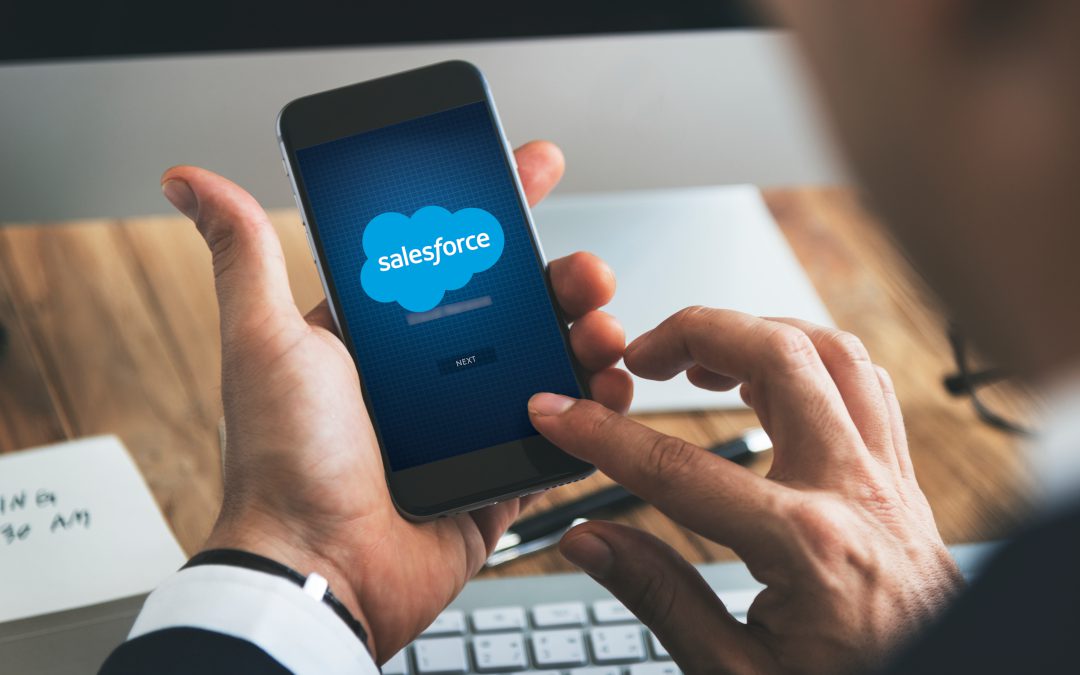Everyone is talking about CRMs and ERPs nowadays. But because of their seemingly overlapping functionalities, many are still unsure about how these systems work and how they are related to each other. So let’s dial back a bit and look back at a time when computers didn’t exist, and everything was done by hand and heavy leg work.
Back in the day, contact information was written in volumes of phone books and the more detailed bits of customer information were written in record books. The same was done for business reports and any other type of information concerning the business: financials, forecasting, stocks, sales, etc. These were all on paper and were filed in drawers, shelves, or any other physical storage systems in the office.
During the same time, different office departments within a business worked in designated areas on an entire single office floor or on different floors in the building. Communication was done by calls that were placed through local and inter-department numbers. This meant every person had a local number, but the phone was stationary and completely non-mobile (obviously). And any other type of communication was either handwritten or typewritten, and then wet signed, delivered by an office mailer – an actual person going from room to room and floor to floor to get any sort of message across. After that, these documents were filed away in separate folders or envelopes, stored in drawers or boxed up and shelved in the documents room.
Anyone who needed access to these files had to get permission from the main department or from the department head, and also had to state their reason for using the information. Record keeping was manual and tedious, and it took a lot of time to share information across different teams and between departments, which was quite unproductive for the entire business. And yes, there was a record room, specifically meant to house all the paperwork and business documents, receipts, and everything else that was deemed useful and important to the company. This system meant more work for everyone and longer turnaround times for the customers.
All these things conjure up memories of offices and buildings we’ve seen as kids, perhaps in the 70s or 80s, back when even our toys were all manual or disposable battery-operated. And analogue technology was the next big thing. And if there’s anything that remains true from then until today, it is that businesses understand the importance of customer service and the benefit of having an effective work system. Hence, the birth of digital technology and the beginning of sophisticated software automation systems.
Fast forward to today, record keeping has gone fully digital and work systems have become automated, thanks to CRM systems and ERP systems. Today, customer-facing teams can access information quickly and deliver services faster. Back office teams and different business departments can now communicate in real-time, in a private chat or in a group chat, and can exchange information seamlessly. And through the integration of these two systems, both ends can communicate faster and work together more effectively.
So what is a CRM and what is an ERP?
In a nutshell, CRM is the system that a team of customer-facing associates are using to access customer information like account names, contact details, addresses, order and purchase history, as well as contracts and any other paperwork relevant to the product or service that a customer has. This is also where orders are placed and delivery information can be viewed. Anything that is done on the CRM yields business and financial data that is useful to teams who are in charge of forecasting, reporting, warehousing, purchasing, delivery scheduling, and all the work that is done behind the scenes.
In simpler terms, a CRM system makes record keeping much easier and more accurate and is mainly used at the front-end. An ERP system, on the other hand, helps teams and departments work faster by automating the work processes and is mainly used at the back-end. And though these systems have different functionalities, both are essential to the success of any business — whether big or small. Just like your customer-facing team and your back office team, each team has its own scope of work, but both teams are necessary to run the business. Most of all, nobody has to deal with manual retrieving and sorting of files as all these can be saved and managed on the cloud (i.e. on a cloud server). And because of that, all the information can be accessed anytime and anywhere, as long as one is connected to the internet and has credentials for the system.
When you equip your teams with an automated system that supports their work, such as the Salesforce CRM, it results in higher work output and accuracy. This means a more efficient environment for everyone involved and quicker turnaround times for customers.
So if you’re still on the fence about whether you should use a CRM or an ERP, it’s highly advisable to use both, especially since these two systems can be integrated. You’ll be getting a robust system that will transform the way things are done at work and the quality of service you provide to your customers. Automation is a major trend in the fourth industrial revolution today. So if you’re still spending a huge chunk of your time performing manual daily tasks, it’s time to take things to the next level and start automating your business by integrating a CRM and ERP system that is tailored to your business’ needs. They are highly customisable, allowing you to select modules and apps that your business requires. So start automating your business today and you’ll begin reaping the rewards sooner than you think.

